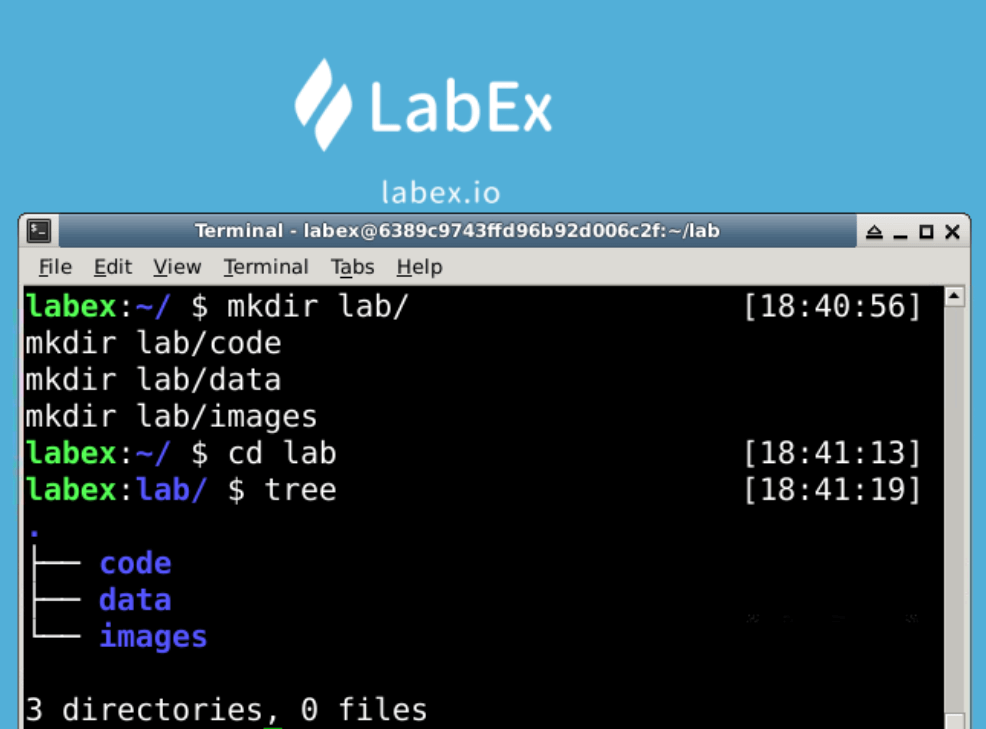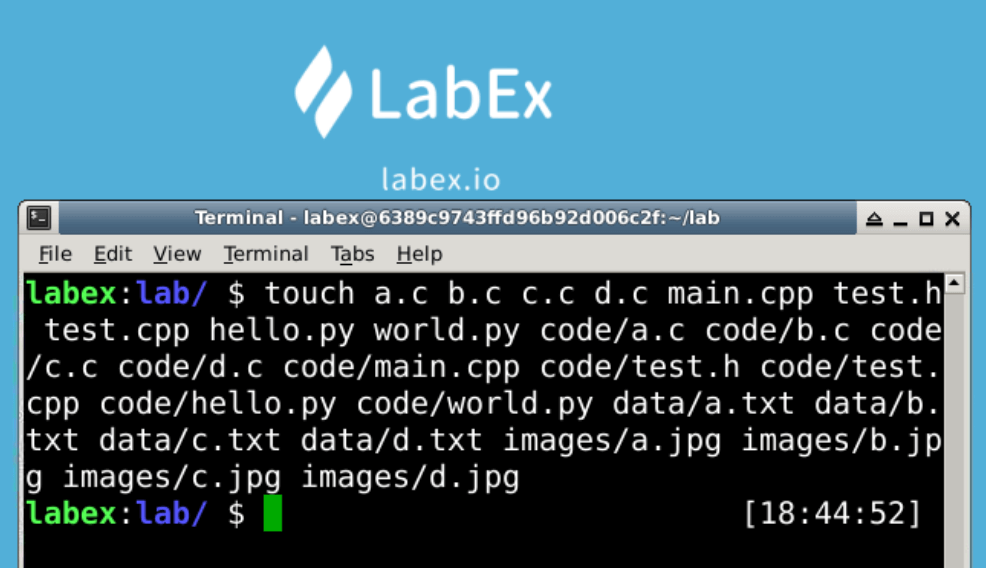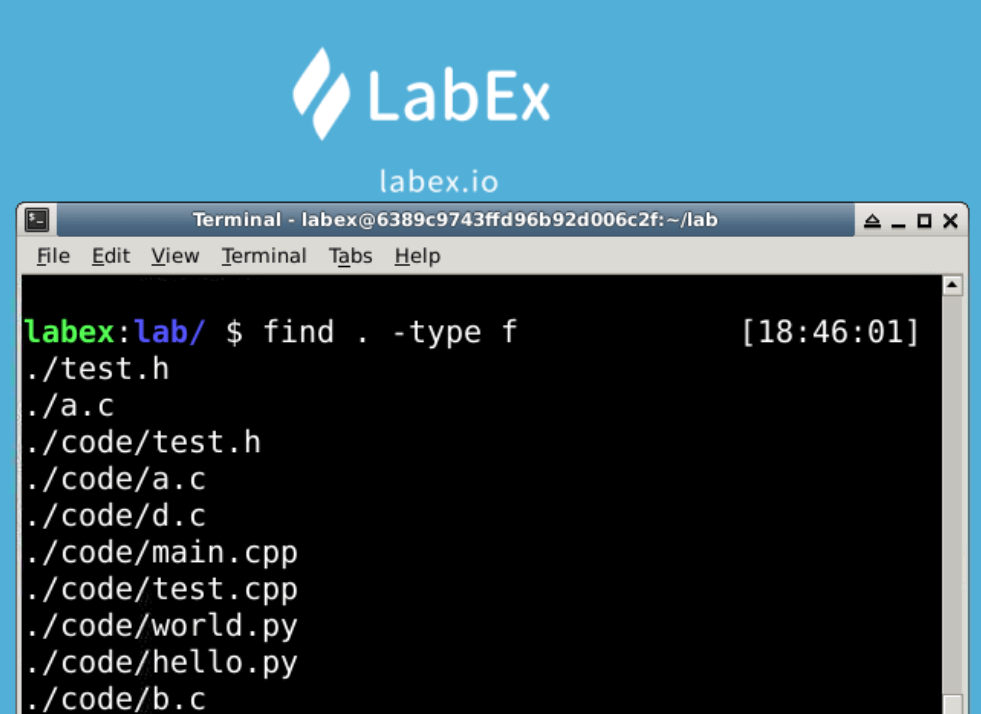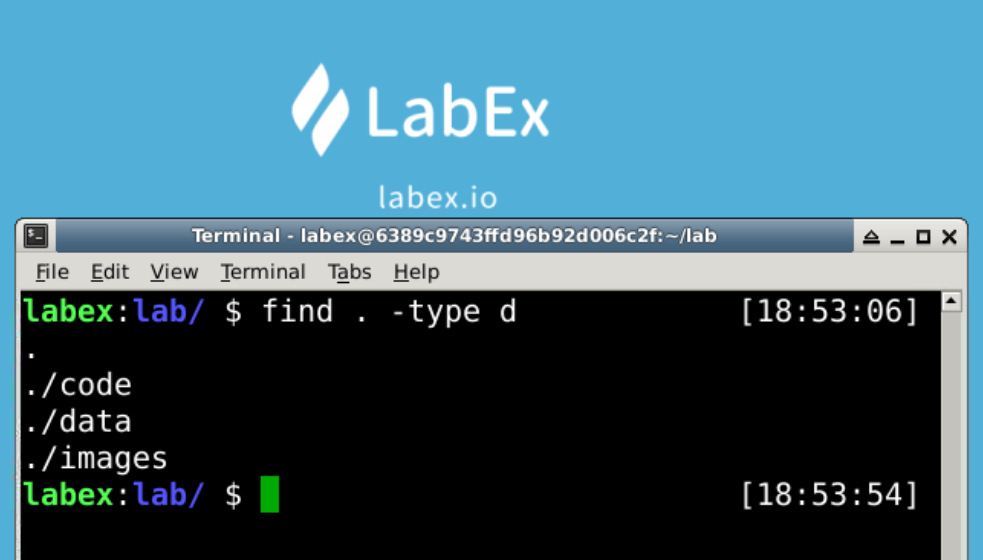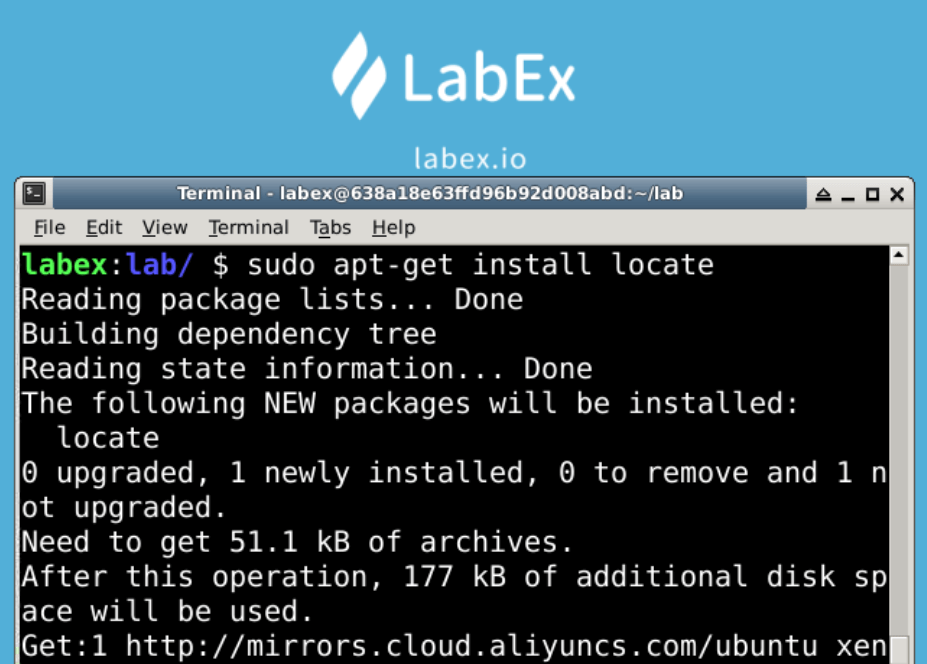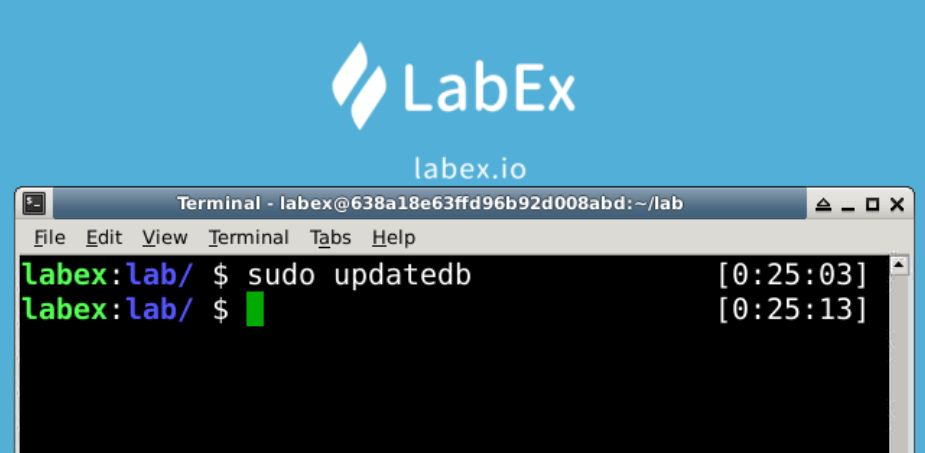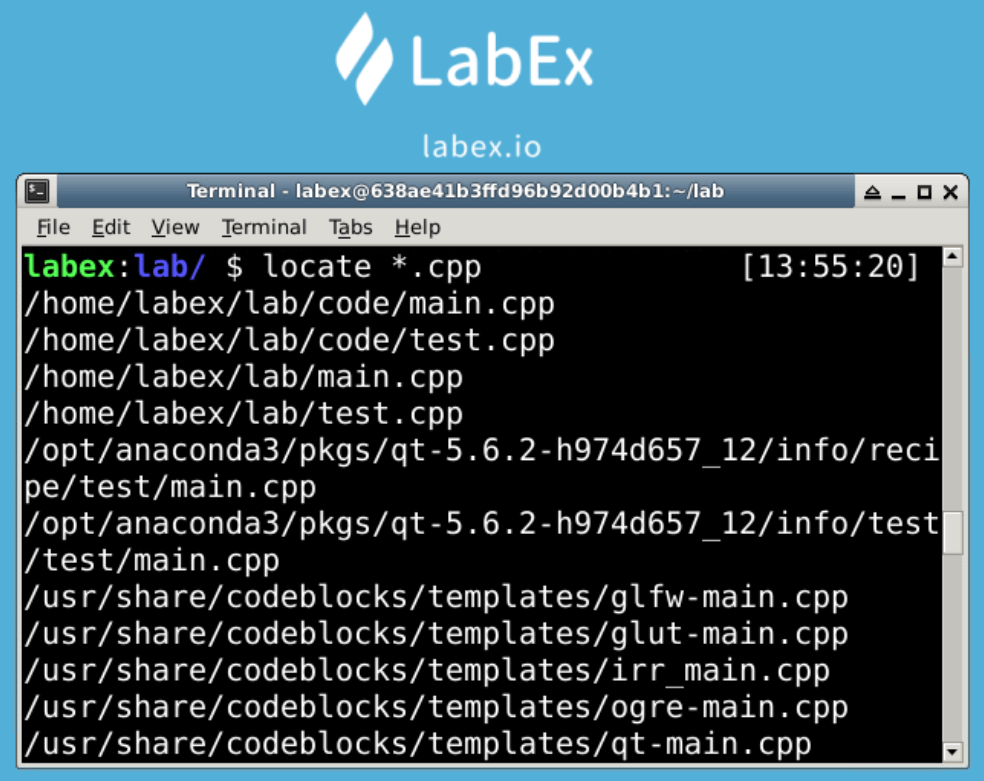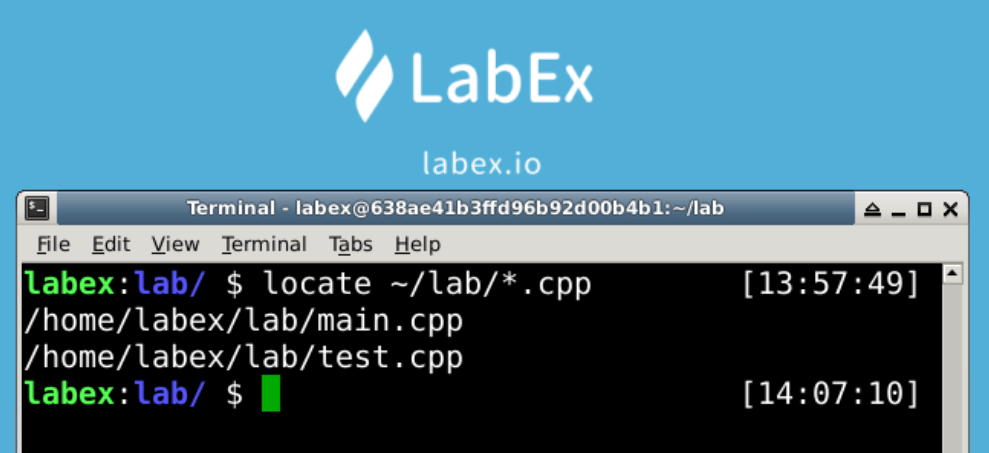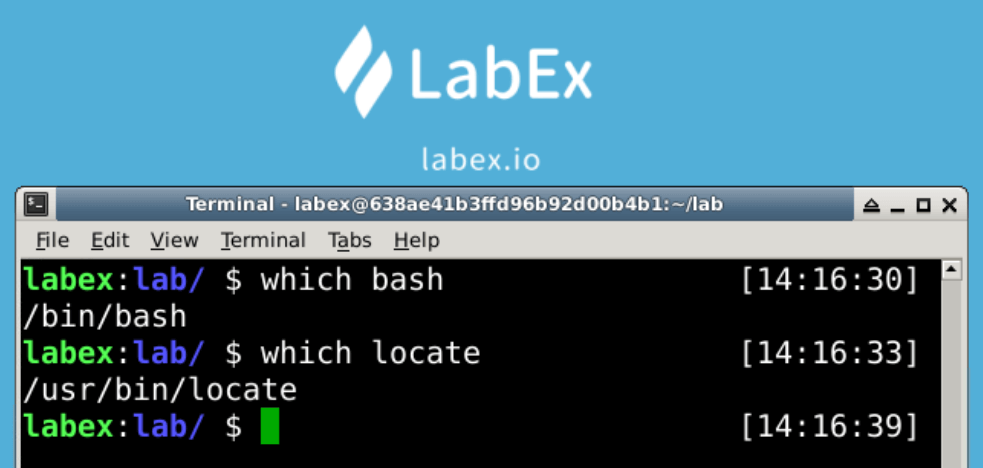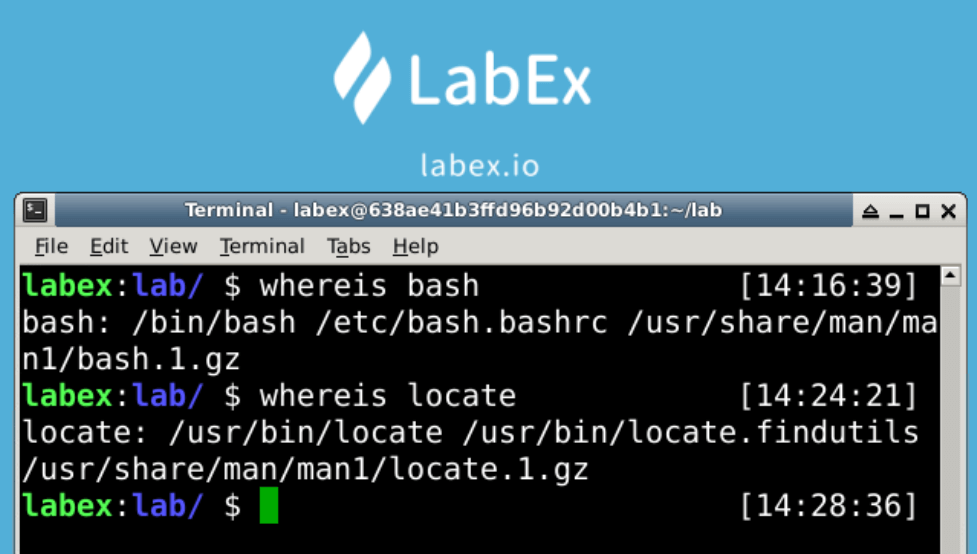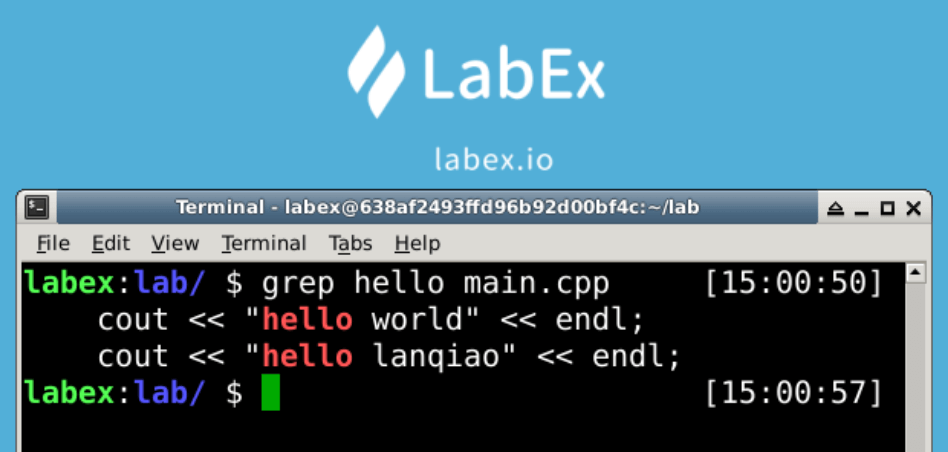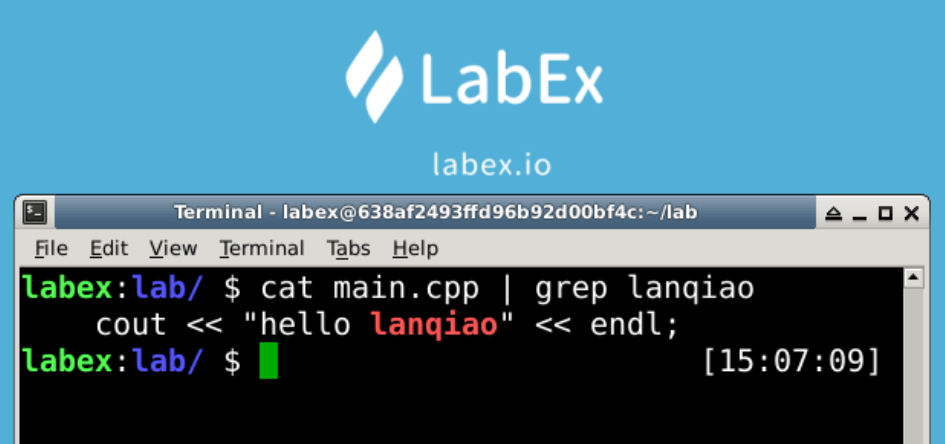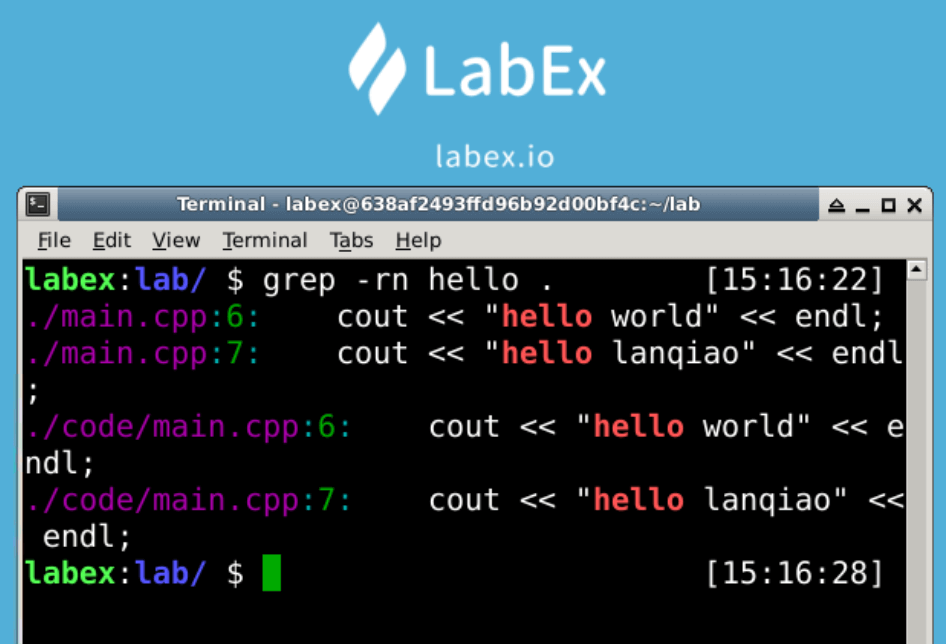Introduction
In this lab, you will learn to use some basic operation command that allows you to perform actions such as find files and find string in files.
Achievements
find- find files in the specified directory.locate- find eligible files.which- look in the directory set by the environment variable$PATHto find the files that match the conditions.whereis- find eligible files in a specific directory.grep- find the string in the file that matches the criteria.


